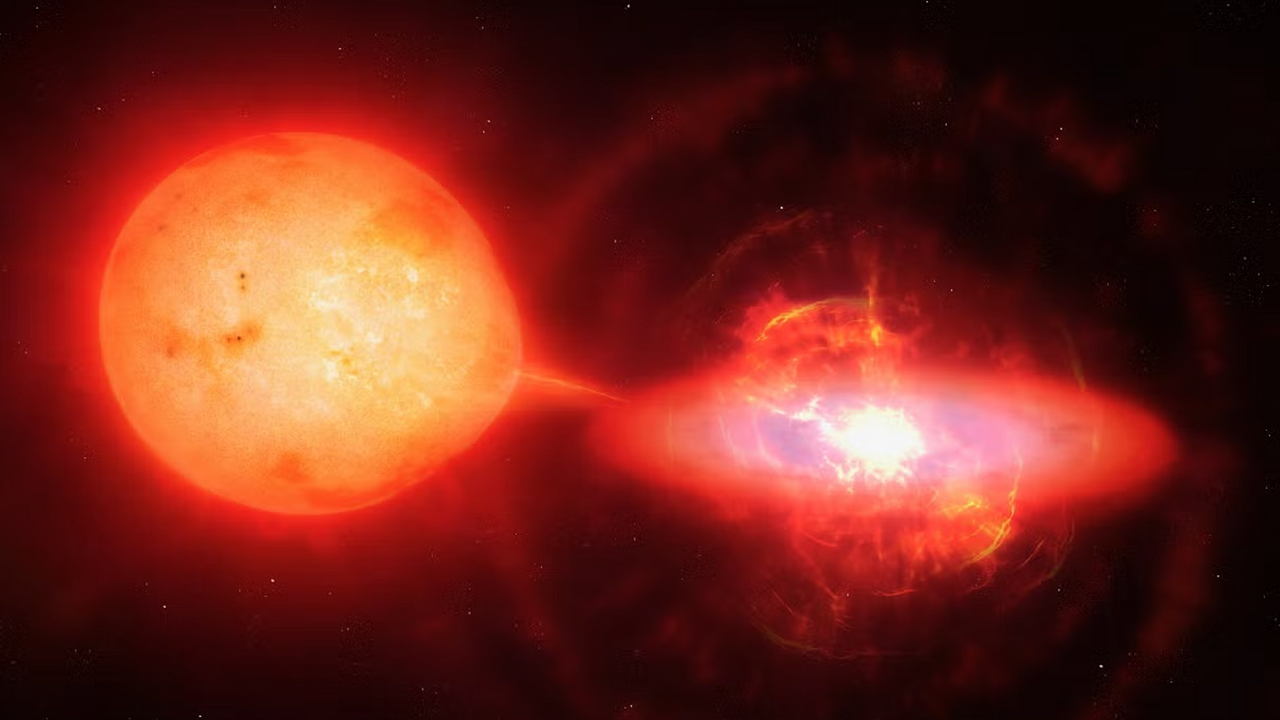Astronomers predict that a nova explosion will occur in the constellation of Corona Borealis within the next 12 to 18 months. Novae are stars that temporarily increase in brightness by thousands to millions of times. Within a few days, this star will shine very brightly and become one of the most striking objects in the night sky, visible to the naked eye even in Estonia.
An international research team, which includes Tiina Liimets, a visiting researcher at Tartu Observatory (University of Tartu), is involved in studying novae explosions. The project is led by Arizona State University astrophysics professor Sumner Starrfield, who collaborates with scientists from the United States, India, the United Kingdom, Germany, and Estonia.
According to Tiina Liimets, it is exceptional that we have the opportunity to observe a nova explosion in our own Milky Way galaxy with the naked eye. “Scientifically, what interests me the most are the nova remnants that can be observed after the explosion. These remnants form from the material ejected from the star during the nova explosion. They provide valuable information on how the material was expelled from the star and how the surrounding environment influenced the changes happening to the remnant. Nova remnants enrich their surroundings with heavier elements, which are essential for the formation of new stars and planets,” added Liimets.
Read the latest scientific article, co-authored by Tiina here!
Read more from the Tartu Observatory webpage here (in Estonian).
Listen to radio show Labor here (in Estonian).




